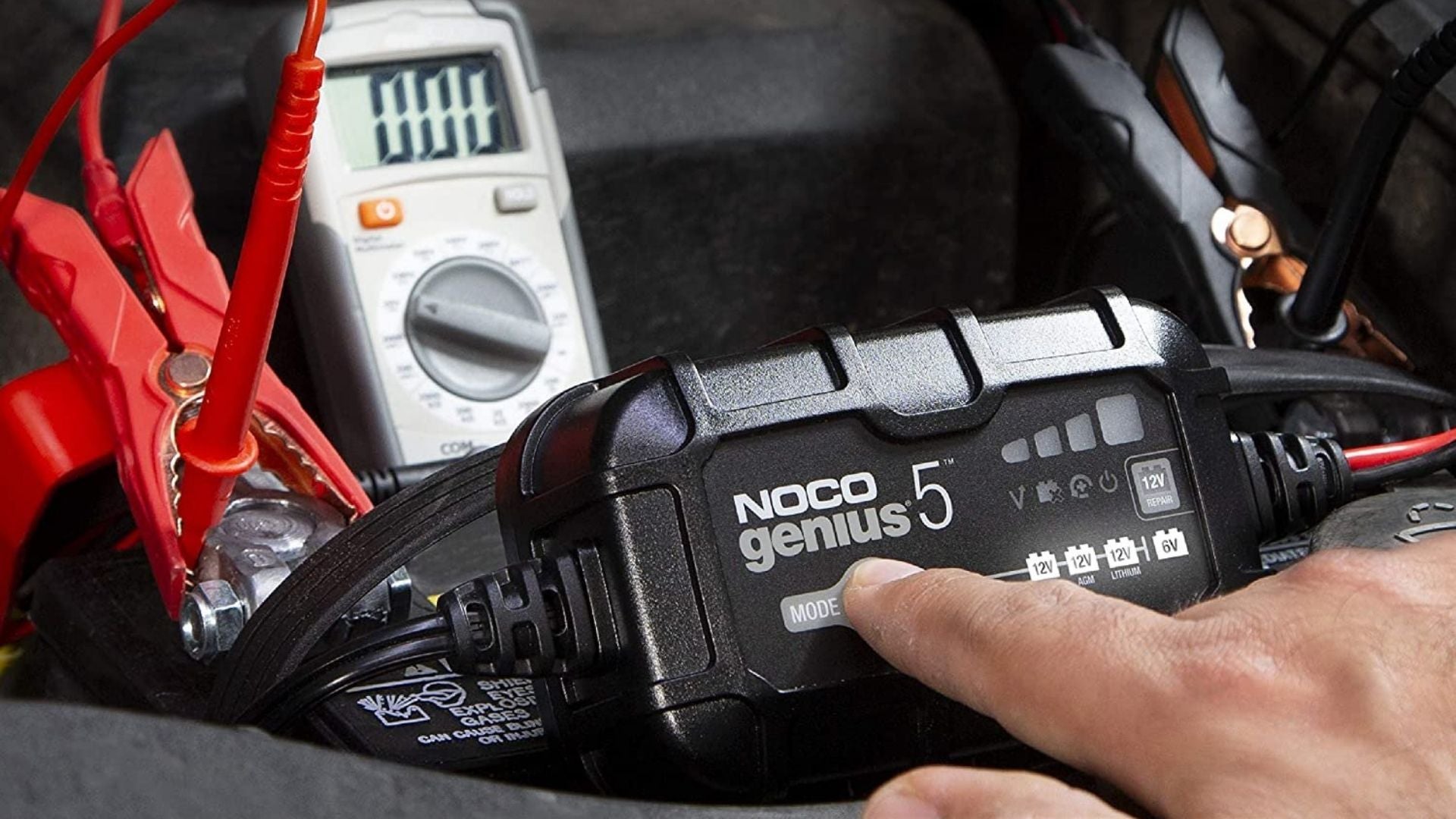I came across this today:

 www.thedrive.com
www.thedrive.com
The recommended 'Batteryminder' is over $100 , and according to its reviews can (but not necesseraly will) revive even completely dead batteries.
I have no experience with this kind of thing, though I do store 'dead' batteries for having potentially more value in lead content that core refunds.
I do know that an older method was to turn the battery upside down and whack it good with a rubber hammer to loosen the oxidation/buildup and remove potential shorts. And possibly also replace electrolyte. Not to my liking.
So the issue is whether these desulfonators are worth the bother, as well as potential expense.
1. There are cheap chinese versions on Ebay for around $20. Any good?
2. Anyone have a working schematic & instructions for building what is essentially a pulse generated trickle charger?
3. In lieu of 2, any links to info on how to test functionality on these gizmos with a scope?
4. Please note that I do NOT intend to use these reanimated doorstops as part of a functional battery bank. Perhaps a couple in series for temporarily running an old UPS for outside cameras and LED lights. (150W max. ). Or maybe with a scrapped solar panel.

Best Battery Desulfators: Fully Restore Your Battery’s Capacity
Looking for battery desulfators? Our team of experts narrowed down the best battery desulfators on the market. Read this review and save yourself time and money.
The recommended 'Batteryminder' is over $100 , and according to its reviews can (but not necesseraly will) revive even completely dead batteries.
I have no experience with this kind of thing, though I do store 'dead' batteries for having potentially more value in lead content that core refunds.
I do know that an older method was to turn the battery upside down and whack it good with a rubber hammer to loosen the oxidation/buildup and remove potential shorts. And possibly also replace electrolyte. Not to my liking.
So the issue is whether these desulfonators are worth the bother, as well as potential expense.
1. There are cheap chinese versions on Ebay for around $20. Any good?
2. Anyone have a working schematic & instructions for building what is essentially a pulse generated trickle charger?
3. In lieu of 2, any links to info on how to test functionality on these gizmos with a scope?
4. Please note that I do NOT intend to use these reanimated doorstops as part of a functional battery bank. Perhaps a couple in series for temporarily running an old UPS for outside cameras and LED lights. (150W max. ). Or maybe with a scrapped solar panel.


